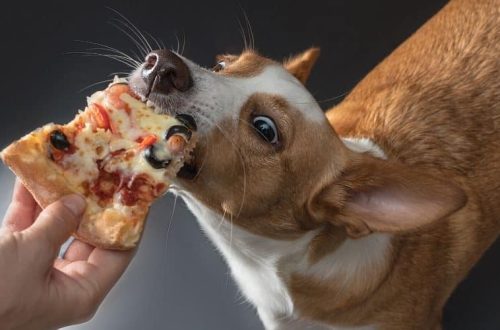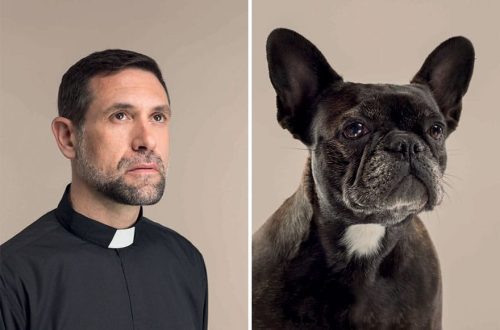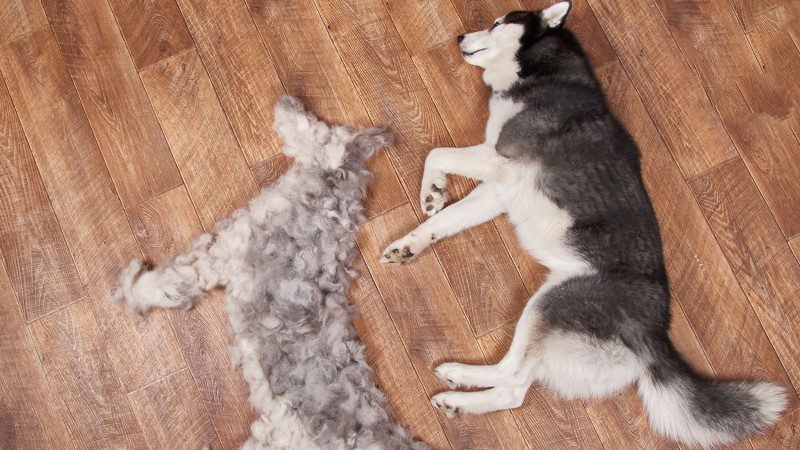
Shedding in dogs – time, how long it lasts, tips and tricks
Contents
Seasonal molt
Twice a year, in spring and autumn, the dog’s coat is renewed naturally. This process is directly related to the health of the animal, its immunity and well-being. If the coat shines in the sun, this is an excellent indicator, but if it is dull and not silky, then you need to pay more attention to the pet’s body.
The main functions of the dog’s coat:
- protects the skin of the animal from external penetration of various types of parasites, fleas, ticks;
- does not allow the development of infectious diseases;
- protects from aggressive weather conditions: snow, rain, wind.
At the same time, a beautiful coat is responsible for the attractive appearance and grooming of the dog. Such a pet wants to be stroked as often as possible, which improves the mood of both parties and contributes to closer tactile contact.
What is the difference between spring and autumn molting?
In the autumn period of molting, the summer coat is replaced and a new one grows, thicker and warmer, with an undercoat to keep warm in winter. The duration of the autumn molt is longer than the spring one, although there is much less hair during this period. A pet can visually increase in volume, become soft and tender to the touch.
Spring molt in dogs begins after the end of frost. There is a shedding of warm undercoat and thick wool, the skin is being renewed by the summer period. The duration of molting in the spring is short-term, although for the owners it is much more difficult to tolerate. Abundant hair loss spoils the mood of the tenants of the apartment, polluting clothes, furniture and floors.
When does the first molt begin in dogs?
Puppies older than 6 months are physiologically ready to shed their hair. However, the first molt does not depend on the date of birth, but on seasonal conditions and the general health of the dog.
How long does dog shedding last?
Natural seasonal molting occurs within 7-14 days. This is the time to take extra care of your pet. You will have to clean the house much more often than usual, as the ubiquitous wool will constantly appear. Thanks to careful combing or the services of a dog hairdresser, this period can be eased for both yourself and your four-legged friend.
Out-of-season shedding
Please note that a dog living in an apartment may shed throughout the year. Her body is not tuned to natural cycles, so any change in the environment can provoke hair loss. In some females, shedding of wool begins during estrus or during childbirth.
Abundant pet hair loss over time is a serious reason to check the dog’s health. The fact is that wool does not immediately signal internal diseases, since hair growth is slow. Any changes in the appearance of the dog are visible a month after the complications, which is why it is worth paying special attention to the shine of the coat during shedding in dogs. In its absence, you should immediately contact the veterinary clinic.
When to see a veterinarian?
Protracted shedding of a dog should be a concern if:
- hair falls out in clumps
- looks unkempt and dull
- the structure and density of the cover changes,
- hair growth slows down.
Why does a dog shed so much?
Prolonged shedding in a dog can be associated with various factors. One common cause of canine hair loss is an allergic reaction to food, water, indoor or outdoor plants. Weakening of hair follicles can also happen due to stress caused by separation from the owner, a change of residence or surgery. Too frequent bathing can also provoke molting. Shampoo is able to wash out the protective fatty layer important for health. In this case, the hair follicles begin to weaken, and the hairs fall out.
The following causes also cause prolonged shedding in dogs:
- lack of a sufficient amount of vitamins, essential trace elements in food, individually unbalanced food;
- poor nutrition;
- hormonal disorder (characterized by uniform, constant hair loss);
- the presence of parasites;
- poor microclimate in the apartment, artificial lighting, lack of fresh air;
- diseases of the digestive system, kidneys and other organs;
- immune system disorder;
- eczema or fungal disease.
Caring for a dog during shedding
In order for your pet to survive this period comfortably, follow the recommendations for care.
Brush your dog’s coat daily with a specially selected brush, undercoat furminator or massage comb. Such manipulations are useful to the animal, because they help to remove dead hair and accelerate the growth of new ones; stimulate the upper layer of the epidermis, which improves blood circulation and the supply of nutrients to the hair roots; improve the appearance of the pet, because the coat becomes smooth and silky. In addition, daily grooming will reduce the need to constantly vacuum and clean, and reduce the amount of hair in the house.
Use a special dog conditioner that improves the structure of the coat and nourishes the skin. The tool allows you to make the hairs flexible, they will not be confused during combing.
It is not recommended to bathe your dog often, but when it is really necessary, use a pet shampoo that contains protein and strengthens the coat. Use a cleanser to nourish the hair follicles no more than once a month.
Add cold-pressed oils, minerals and vitamins to your dog’s usual diet. It is recommended to use special complex preparations that improve the quality of wool. If you are feeding your dog natural food, increase the amount of protein in your daily menu. Wool consists of keratin, and it is the protein components that are the building material of the hair, making it elastic. It is desirable to add complete protein in the form of low-fat meat, liver and chicken hearts. You can give your pet low-fat sea fish, while making sure that it does not come across bones. Favorably on the health of the dog will affect the use of natural fish oil. Also, the diet should be enriched with cereals and vegetables, and if the animal does not like them, you can add canned vegetables to the food.
Hair combing tools
To carefully comb out the falling hair and painlessly remove the resulting tangles, there are various devices:
- comb made of hardened steel, the best option is nickel-plated. This tool is most often used for grooming the undercoat;
- slicker. This brush is suitable for sensitive dogs that cannot tolerate a metal comb. She carefully and delicately combs out the accumulated hair;
- The glove brush is used to comb out and collect dead hairs. It fits comfortably on the hand and effectively eliminates hair;
- furminator – a modern tool that can replace all of the above devices. The Furminator is similar to a comb, but it has a steel blade with teeth and a comfortable rubber handle. Thanks to the slotted blade, the undercoat is easily removed from the coat without damaging the living hairs.
Important: Do not use the furminator if the skin of the animal has irritations, sores, wounds or similar damage. Also, the use of the device is not allowed if the dog has tangles. In this case, they must be carefully removed in advance so that the furminator does not hurt the animal.
Regular combing of the dog will not allow the hairs to settle on the furniture and floor. It is most convenient to deal with wool by placing a pet on a newspaper or cellophane. So it will turn out very quickly to remove the fallen hair.
Express molt
In professional pet salons, a special service is offered, it is called “Express Molt”. Its essence is as follows: the masters carefully comb the dog with various tools, and then bathe it using special shampoos and masks to open pores and remove shedding hair. Further, during drying, the fallen hairs are blown with a powerful hair dryer, while combing and laying the wool cover.
The procedure is suitable for all types of dogs, except for bald ones, and can significantly reduce the amount of hair deposited in the apartment.
Peculiarities of shedding in dogs with different coat types
Each breed of dog during the molting period requires an individual approach. As a rule, the length and characteristics of the coat affect which treatments are required. The main types of coats and the features of caring for them are discussed in detail below.
Longhair
Fluffy and shaggy dogs shed profusely, require regular grooming and combing. During the molting period, long-haired dogs are allowed to bathe twice a month. If you do not monitor the hair in a timely and constant manner, it will begin to stray into tangles, and wounds and redness will appear on the skin. A neglected animal can be vulnerable to viruses, pathogenic bacteria and parasites.
Owners of long-haired pets during molting should always have a brush on hand and great patience.
Poodles, English and American Cocker Spaniels, Aussies, Samoyeds, Shih Tzus, Collies, Golden Retrievers and St. Bernards need a full range of grooming activities.
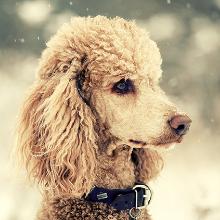
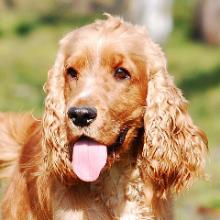
Australian Shepherd (Aussie)

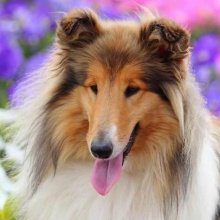

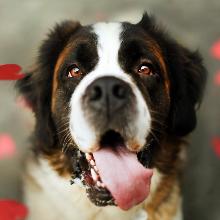
Shorthair
The owners of such dogs hope that the coat will not give them trouble, although in fact the short-haired breeds also renew their coat twice a year. Moreover, small bristle hairs are difficult to remove from clothes and carpets.
Care consists in regular cleaning with a special brush with natural bristles. It is soft and gently collects hairs. During the period of heavy molting, the animal should be wiped with a terry towel or velor cloth to effectively eliminate hair.
This group includes pugs, dachshunds, Dobermans, French Bulldogs, Great Danes, Dalmatians, Rottweilers, Boxers and other dogs.
Wirehaired
Schnauzers and terriers have lost the ability to shed naturally, although their coat also needs to be groomed. To do this, it is necessary to do trimming (artificial molting) every six months – plucking. Two options are possible: using a special knife or a manual procedure.
Trimming is done independently or with the help of a specialist – a groomer. Such care not only gives aesthetic appearance, but also protects the skin from irritation and matted fur.
Among the popular breeds, we note the Jack Russell Terrier, Miniature Schnauzer, Affenpinscher, Miniature Schnauzer and Fox Terrier.
Not shedding
Among lovers of dog breeders there is such a thing – “a dog without molting.” There are breeds that shed so few hairs that it is invisible from the outside. Their hair does not fall out, as in ordinary animals, while there is no specific “dog smell”. Representatives of this species can be of different sizes: small, medium and huge. Such pets are ideal for busy owners who do not have time for constant care.
Pets that do not shed include the Peruvian Hairless Dog, the Xoloitzcuintle, the Basenji, and the Chinese Crested Dog.
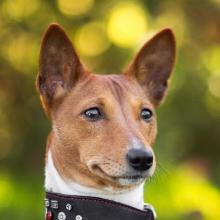
Shedding in dogs is a difficult test for both the animal and its owner. Try to take the situation philosophically and help your pet overcome the difficulties that arise.




